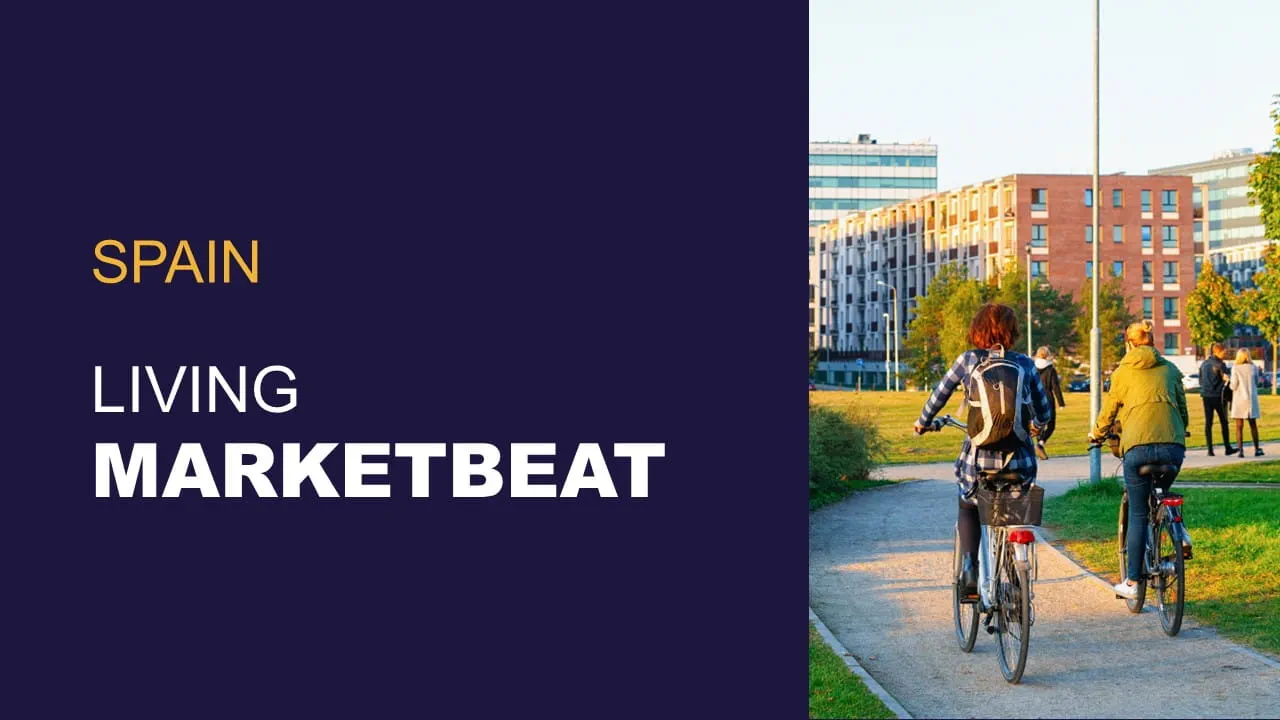- The office segment has seen a very significant rebound, with over €1.2 billion invested—surpassing the total investment for both 2023 and 2024 in just six months.
- The real estate sector attracts more than €6.7 billion in the first half of the year
- The hotel sector reaffirms its solidity with investment exceeding €1.5 billion in the first half. Retail maintains its upward trajectory and reaches more than €1.2 billion, while the logistics sector surpasses €600 million. Meanwhile, the Living segment reaches a total volume of €1.8 billion, including corporate transactions.
The real estate sector has recorded €6.7 billion in investment during the first half of 2025, consolidating itself as a refuge amid the volatility of other financial markets. The second quarter has been key to the market’s reactivation, with quarterly improvement of more than 100% and investment close to €4.6 billion, making it the second period with the highest volume in the last 18 months, only surpassed by the last quarter of 2024.
The office segment has experienced a very significant rebound, with more than €1.2 billion invested in just six months, thus surpassing the total annual amount recorded in 2023 and 2024. Among the most relevant transactions are Pontegadea’s purchase of Grupo Planeta’s headquarters in Barcelona and the acquisition of the Prado Urban Business Park, Amazon’s headquarters in Madrid, which together amount to more than €500 million.
The hotel sector also confirms its solidity and appeal, with accumulated investment exceeding €1.5 billion in the first half of the year. This figure has been driven by notable transactions such as the recent acquisition of the Mare Nostrum Resort complex by Spring Hotels, valued at €430 million.
Retail maintains its positive trend and has reached €1.2 billion in investment. In logistics, the volume exceeds €600 million for the semester. Meanwhile, the Living market has closed with direct investment of €500 million, although it continues to play a leading role in major corporate transactions. If transactions such as the purchase of Livensa residences by the Canadian fund CPPIB, through Nido, for €1.2 billion are included, the total investment volume in Living rises to €1.8 billion. In addition, the residential sector maintains an upward dynamic, especially in Madrid, driven by change-of-use operations.
A strategic entry point
The recovery of the Spanish real estate market is part of a broader European trend, characterized by a gradual stabilization of the sector and financial conditions favorable to investment. According to the latest report, European Investment Atlas by Cushman & Wakefield, 82% of the 119 prime markets analyzed (offices, retail, and logistics) show particularly attractive price levels, supported by a high Fair Value Index (91 out of 100) and a TIME score that remains in the “inflection” phase. This combination suggests that the market has moved past its lowest point and is beginning to show consistent signs of stabilization, creating a clear opportunity for strategic capital reentry.
The financing environment remains highly liquid and incorporates increasingly flexible and innovative solutions, facilitating long-term capital deployment. Added to this is the expectation of greater clarity in the international political landscape, contained inflation, and a downward interest rate scenario—factors that bolster investor confidence in the second half of the year.


